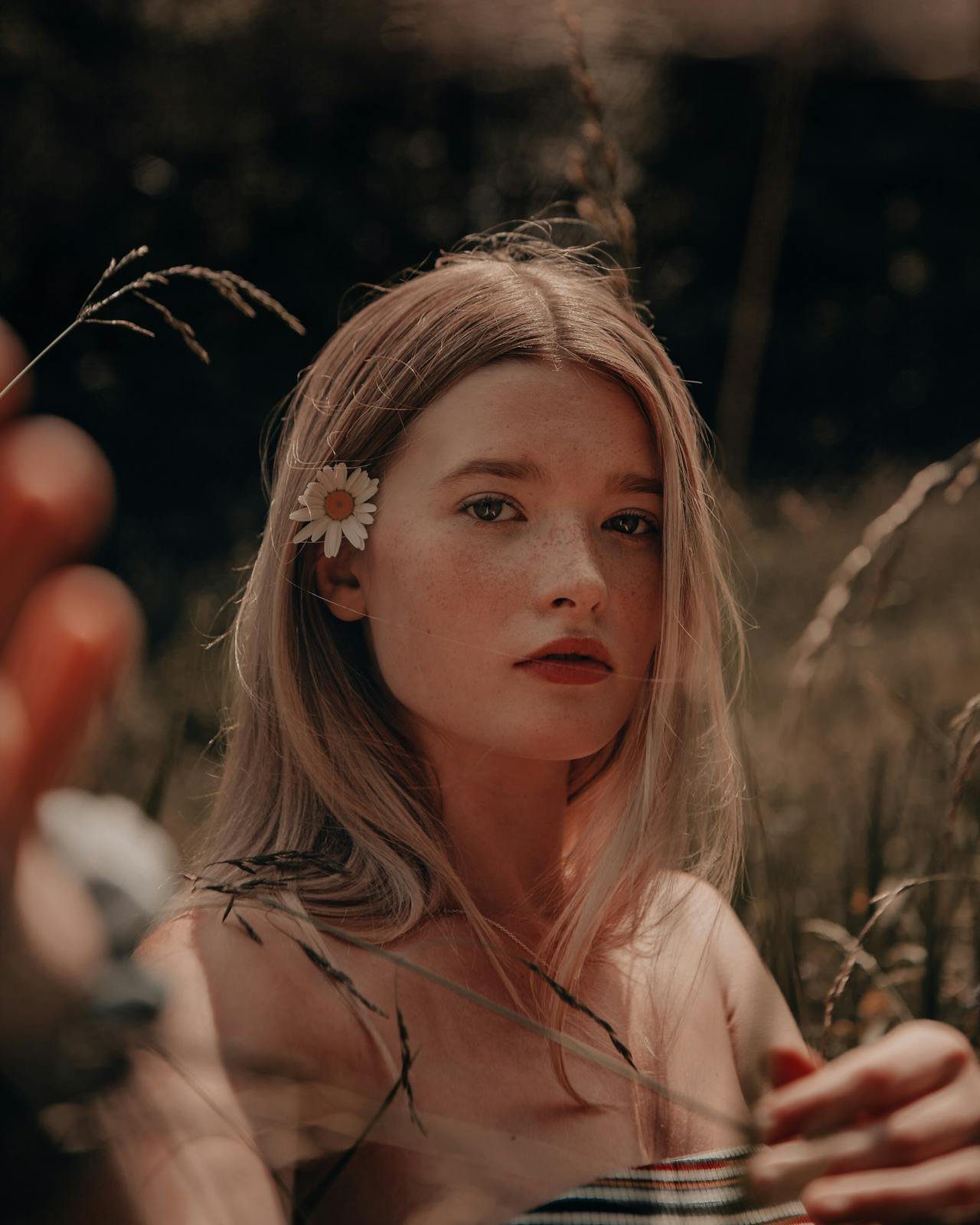花藝 (floristry),作為一門花卉擺放與設計的藝術,在不同國家有著各自獨特的風格與技巧。這些風格不僅反映了當地的歷史、傳統和價值觀,還彰顯了各種文化對自然與美學的詮釋。以下是各國花藝風格的指南,帶您了解世界各地的花卉藝術。
1. 日本:插花(Ikebana)
插花(Ikebana)是日本的傳統花卉藝術,具有深刻的哲學與象徵意義。與西方花藝注重繁榮不同,插花強調簡約、平衡和精神上的聯繫。
-
核心概念:和諧、線條、平衡以及人與自然的精神聯繫。
-
設計元素:通常只選用少數幾枝花材,每一枝都具有明確的擺放意圖。插花作品常常遵循三個主要線條,象徵天、地、人。
-
花卉材料:除了花卉,插花常加入枝條、葉子、草和石頭等非花卉元素。
-
哲學:每一朵花或枝條象徵自然元素,通過這些元素創造出與自然的靈性聯繫。
2. 荷蘭:荷蘭花藝
荷蘭因其在全球花卉市場的主導地位(尤其是鬱金香)而聞名。荷蘭花藝注重自然美感與對稱,並常帶有戲劇性的呈現。
-
核心概念:對稱、創意與形式。荷蘭花藝強調花卉的純粹之美。
-
設計元素:荷蘭的花卉設計通常具有平衡的構圖,注重色彩對比與質感的搭配。常見的花卉有玫瑰、鬱金香、百合和菊花等。
-
花卉材料:各種花卉、葉片,甚至水果、蔬菜或其他天然材料也常被用來搭配。
-
哲學:荷蘭花藝以自然界為靈感,通過精心安排來表現每一朵花的自然優雅和色彩。
3. 法國:法式優雅與奢華
法國花藝以其時尚、浪漫與奢華著稱。法國的花卉設計風格常帶有優雅、精緻,並融合了古典與現代的元素。
-
核心概念:優雅、風格與精緻。法式花藝既注重自然美,又注重藝術表現。
-
設計元素:法式花卉設計通常呈圓形或對稱狀,具有豐滿的形狀。花卉常緊湊地擺放,但又不失流動感。
-
花卉材料:經典花卉如玫瑰、牡丹、百合和繡球花等,常與綠葉搭配。
-
哲學:法國的花卉設計被視為品味和奢華的表現,通常反映出法國文化的精緻感。
4. 美國:現代美式花藝
美國的花藝風格有很多變化,從傳統的花束到前衛的設計都有涉及。美式花藝以大膽的顏色、創新和定制為特點。
-
核心概念:創新、時尚與定制化。美國的花藝風格強調獨特的色彩搭配和材料使用。
-
設計元素:美國花藝風格從緊湊的花束到自由流動的有機設計不等。設計中常使用異國花卉、多肉植物以及各種質感的材料。
-
花卉材料:各種花卉和植物都有可能出現在美式花藝中,從熱帶花卉如蘭花和火鶴花,到傳統的玫瑰和雛菊。
-
哲學:美國花藝強調活動定制,特別是在婚禮和公司場合中,根據客戶的個性與風格調整花卉設計。
5. 英國:英式花園風格
英國花藝常受到英式花園的啟發,特點是自然、樸素和富有魅力。
-
核心概念:鄉村優雅、自然美與古典魅力。英式花藝注重創造不拘一格的自然風格。
-
設計元素:英式花藝常常以自由流動的方式呈現花卉,花朵看似隨意卻又富有層次感,呈現自然的花園景象。
-
花卉材料:玫瑰、牡丹、薰衣草和雛菊等花卉,以及常見的蔓藤、蕨類和香草。
-
哲學:英國花藝注重捕捉英式田園花園的即興感與浪漫氣息,設計看似隨性卻充滿詩意。
6. 印度:花卉供奉與儀式
在印度,花卉的使用與宗教和精神儀式密切相關。印度的花卉設計強調繁複的花環與華麗的色彩。
-
核心概念:象徵、吉祥與儀式。花卉是宗教儀式、節日和婚禮的重要組成部分。
-
設計元素:印度花藝常見精緻的花環,花朵多用鮮艷的色彩,形狀和排列富有文化和宗教意義。
-
花卉材料:萬壽菊、茉莉花、蓮花、玫瑰和菊花等常用於設計。
-
哲學:花卉的擺放不僅是裝飾,更代表純潔、神聖與奉獻,透過花卉表達對神明的敬意。
7. 墨西哥:亡靈節與鮮豔花藝
墨西哥的花藝與文化傳統息息相關,尤其在亡靈節(Día de los Muertos)期間,花卉被用來悼念先人,並用鮮豔的色彩來慶祝生命。
-
核心概念:慶祝、鮮豔與象徵。花卉用於表達對亡者的敬意和紀念。
-
設計元素:墨西哥的花卉設計以鮮豔的橙色、黃色和紫色為主,萬壽菊是最具象徵性的花卉,常用來製作祭壇或裝飾。
-
花卉材料:萬壽菊(Cempasúchil)、玫瑰和其他色彩鮮豔的花卉。
-
哲學:花卉代表著生命、死亡與記憶,設計旨在帶來快樂並表達對亡者的思念。
8. 中國:傳統中國花藝設計
中國花藝受到數千年文化、藝術和哲學的影響,強調花卉的象徵意義與和諧感。
-
核心概念:象徵、吉祥與和諧。花卉的擺放往往帶有深刻的文化與精神象徵。
-
設計元素:中國花藝強調平衡和對稱,花卉的數量、顏色和形狀具有特定的象徵意義。
-
花卉材料:牡丹、蓮花、菊花和竹子等常見於中國花藝設計。
-
哲學:花卉設計不僅是裝飾,還承載著祝福與繁榮的含義,並且注重吉祥的象徵。
9. 韓國:現代韓國花藝
韓國花藝結合了現代美學與傳統元素,既保留了對自然的尊重,又融入了現代簡約的風格。
-
核心概念:乾淨的線條、現代簡約與優雅。韓國的花藝強調簡約、優雅與自然美。
-
設計元素:韓國花藝強調對稱,設計簡約而優雅,且富有質感。
-
花卉材料:傳統花卉如菊花和牡丹與現代季節性花卉搭配。
-
哲學:設計旨在表達和諧與平靜,通過簡約的形式展現自然之美。
10. 澳大利亞:野性與自然風格花藝
澳大利亞花藝強調利用本土植物,並致力於呈現野性與自然之美。
-
核心概念:野性、未經修飾的美與可持續性。澳大利亞的花藝常使用本土植物,並注重季節感與質感。
-
設計元素:澳大利亞的花藝作品常帶有隨意且自然的風格,花卉設計注重質感並展現原始的自然美。
-
花卉材料:如桉樹、金合歡、華麗萱草等澳大利亞本土植物。
-
哲學:澳大利亞的花藝強調大自然的未經修飾與可持續性,作品常融入環保和自然保護的理念。
花藝是跨越國界的普遍藝術,每個國家都賦予了花卉設計獨特的風格與文化色彩。從日本插花的簡約哲學,到墨西哥亡靈節的鮮豔色彩,世界各地的花藝表現出各自的傳統與精神價值。了解這些不同的花藝風格,不僅能提升我們對花卉的欣賞,也讓我們更加理解花卉在全球文化中的重要地位與象徵意義。
